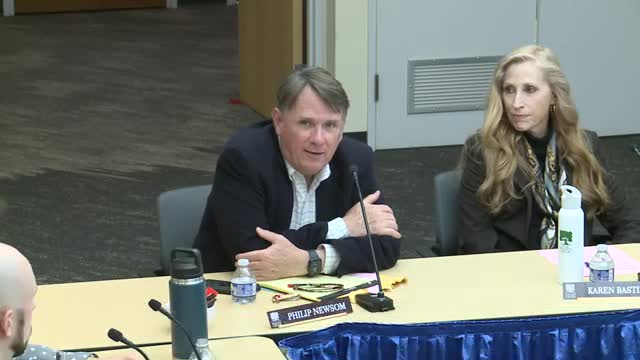Walnut Creek explores multilingual and durable signage solutions for public spaces
February 12, 2025 | Walnut Creek City, Contra Costa County, California
Thanks to Scribe from Workplace AI and Family Portal , all articles about California are free for you to enjoy throughout 2025!

This article was created by AI using a video recording of the meeting. It summarizes the key points discussed, but for full details and context, please refer to the video of the full meeting. Link to Full Meeting
Commissioners emphasized the need for signage that accommodates various languages and uses pictograms to ensure that all community members can navigate public spaces effectively. Brent Gibbons, a principal planner, highlighted successful examples from other Bay Area communities that have integrated multilingual signage into their public wayfinding systems. This approach aims to reflect the diverse population of Walnut Creek and enhance the overall accessibility of public spaces.
Another significant point raised was the durability of signage. Many existing signs in public areas have deteriorated quickly, leading to faded information that can confuse residents and visitors alike. The meeting underscored the necessity for new design standards that prioritize long-lasting materials and clear visibility, especially in high-traffic areas.
The scope of the project was clarified to include not only commercial signage but also wayfinding elements that assist pedestrians, cyclists, and drivers. While standard traffic signage will not be reimagined, there is an opportunity to improve the aesthetic and functionality of wayfinding signs throughout the city.
Commissioners also discussed the balance between attracting businesses and maintaining community character. The desire to create a welcoming environment for businesses was acknowledged, with a commitment to ensure that new signage aligns with the city’s values and enhances the local landscape.
As Walnut Creek moves forward with these initiatives, the focus remains on creating a cohesive and inclusive public realm that serves all residents. The next steps will involve gathering further community input and refining the proposed standards to ensure they meet the needs of a diverse population.
Converted from Walnut Creek Design Review/Planning Commission Joint Meeting: 1/30/25 meeting on February 12, 2025
Link to Full Meeting
Comments
View full meeting
This article is based on a recent meeting—watch the full video and explore the complete transcript for deeper insights into the discussion.
View full meeting